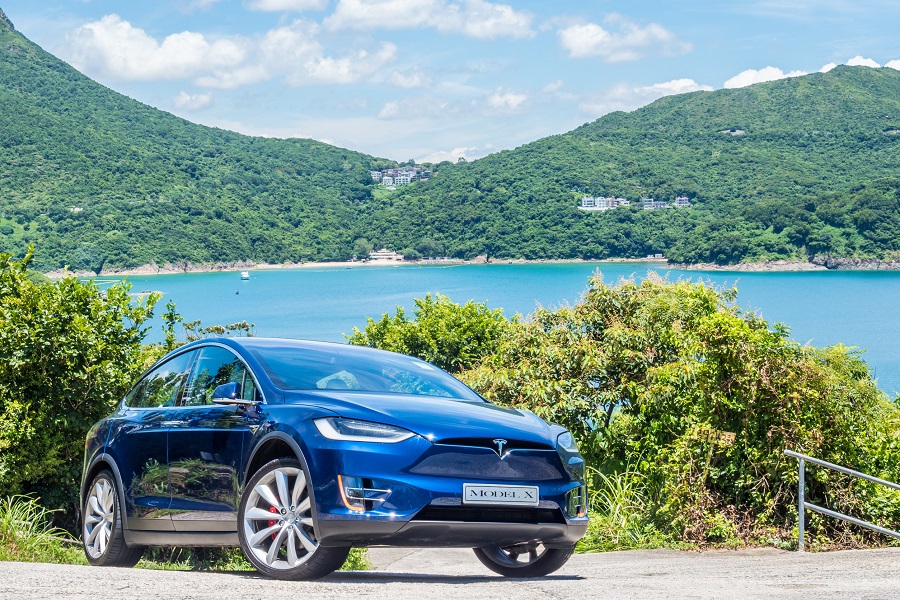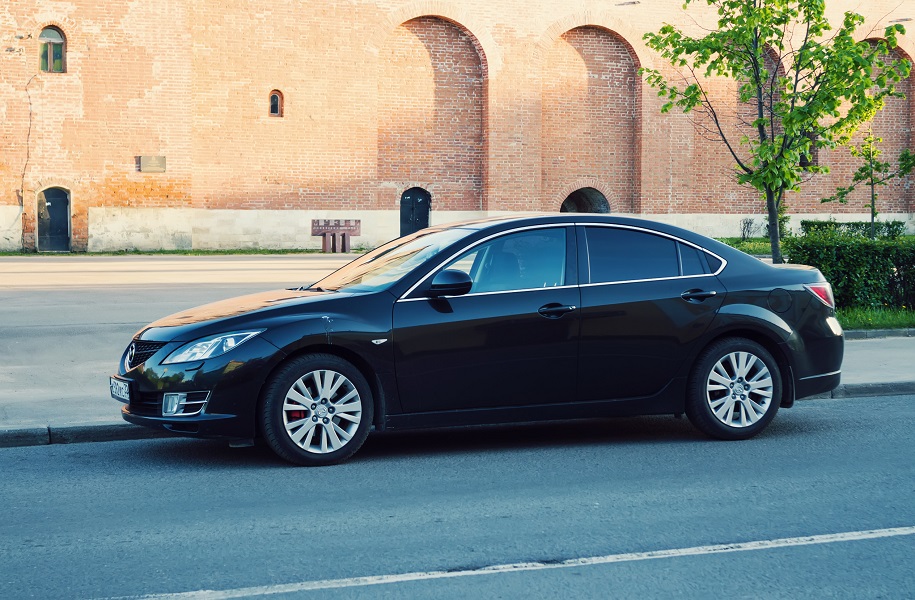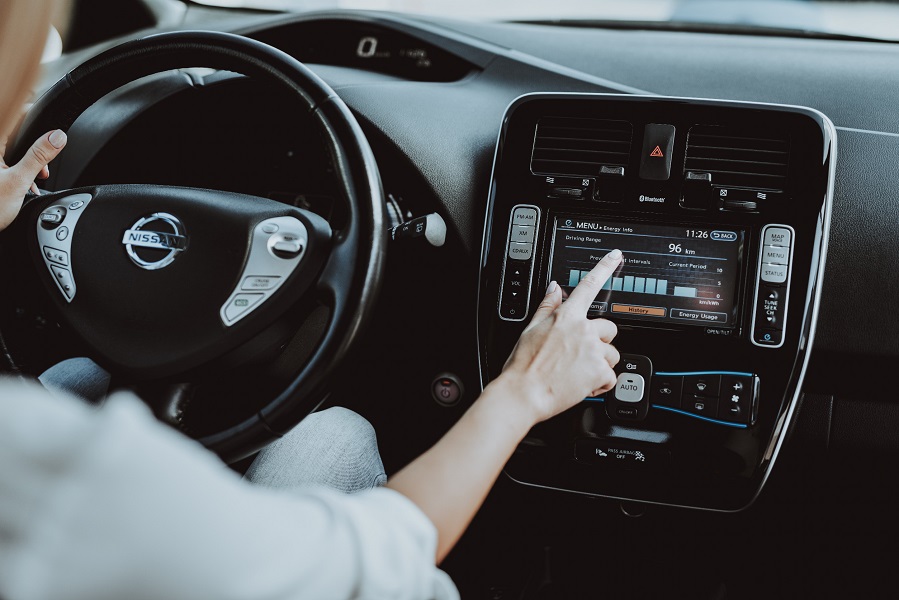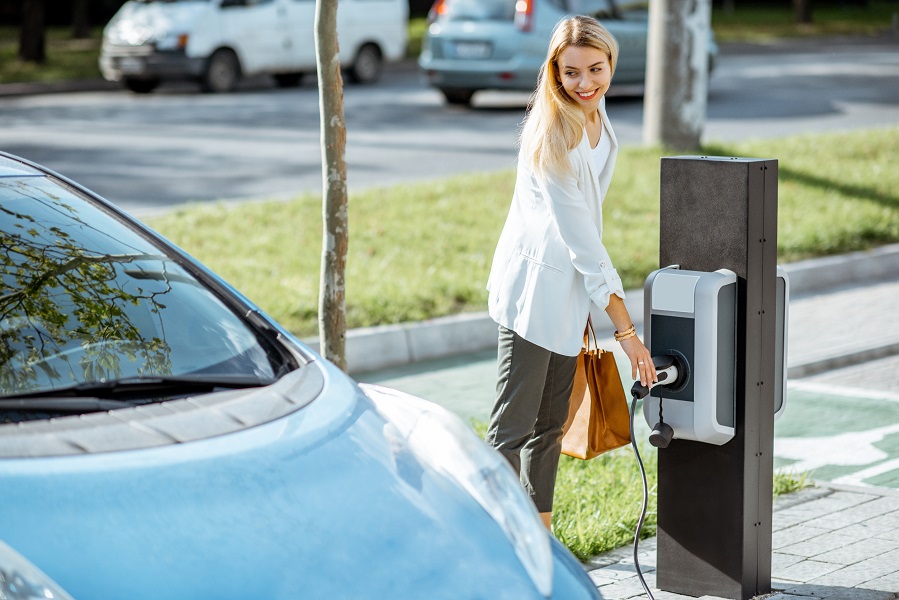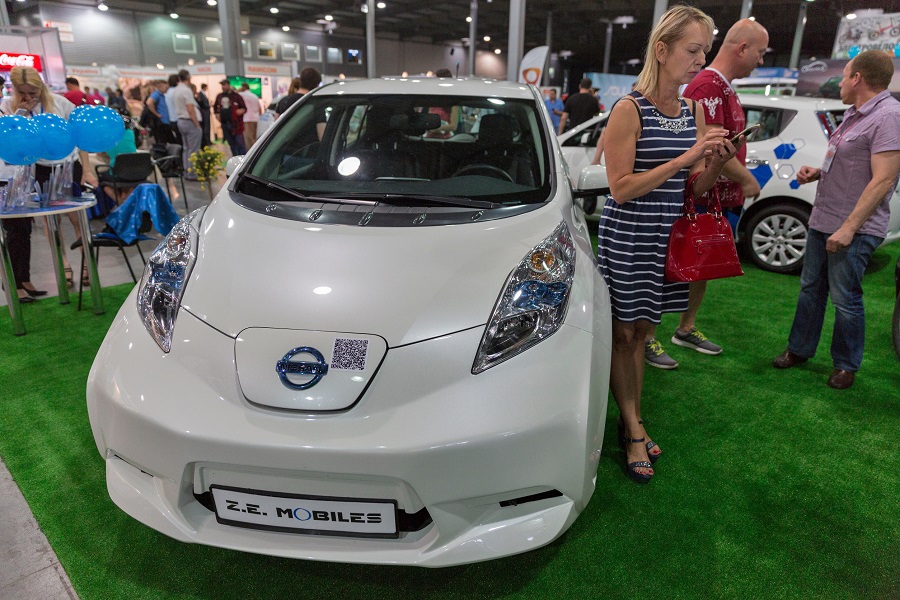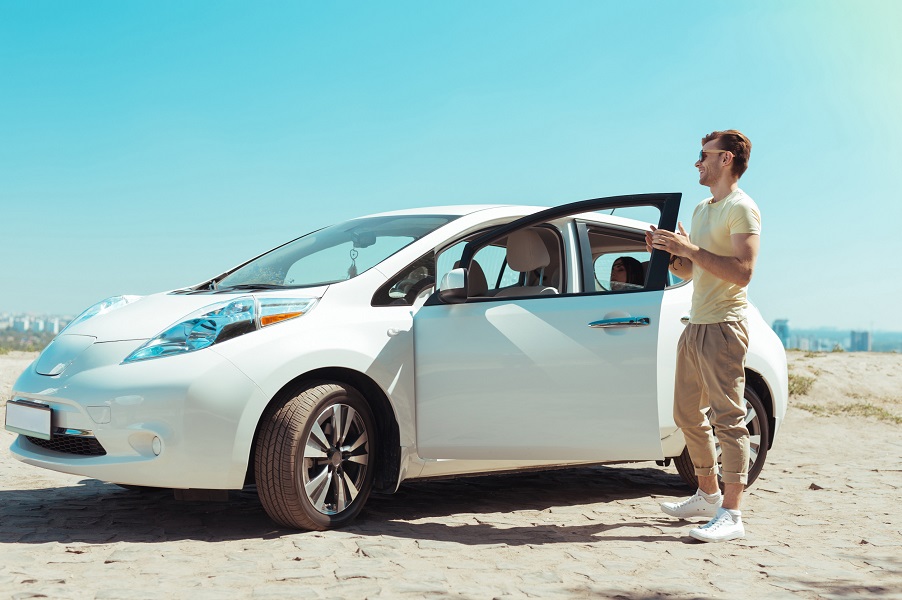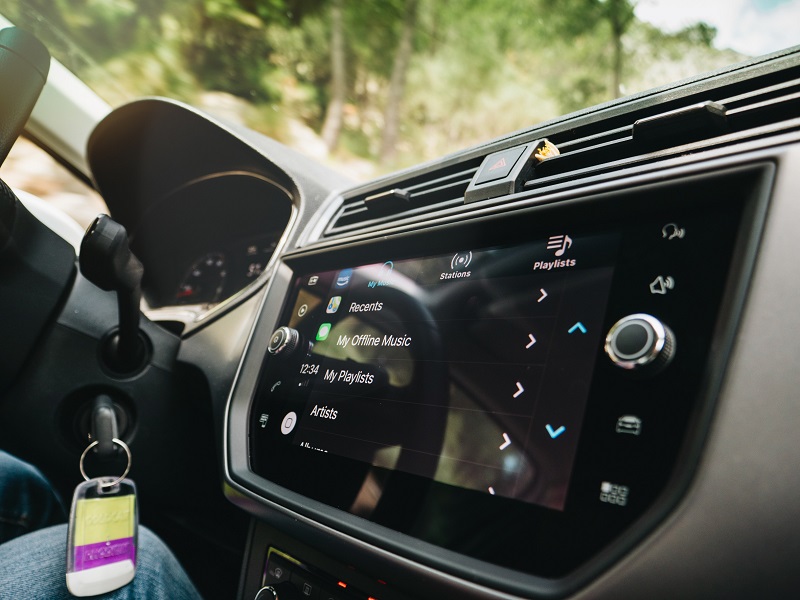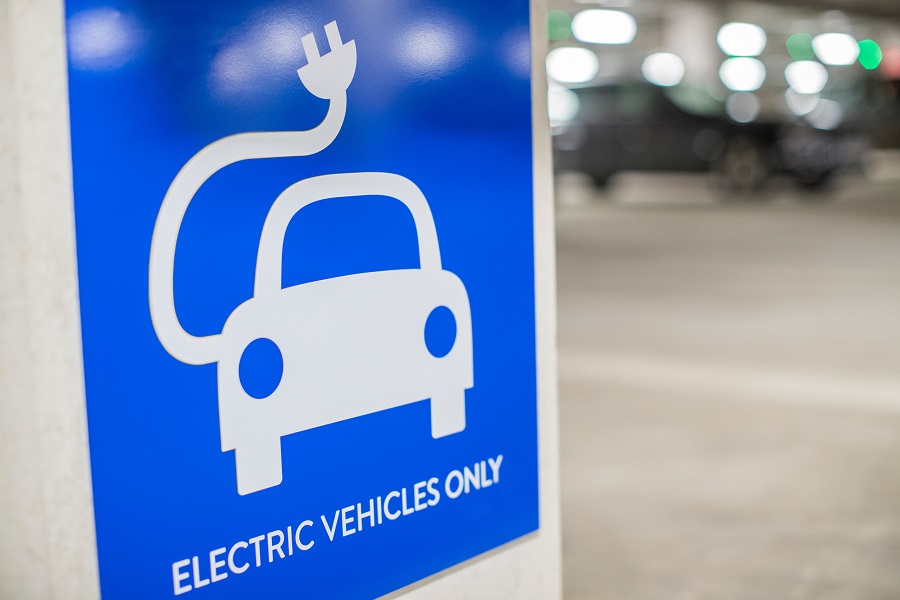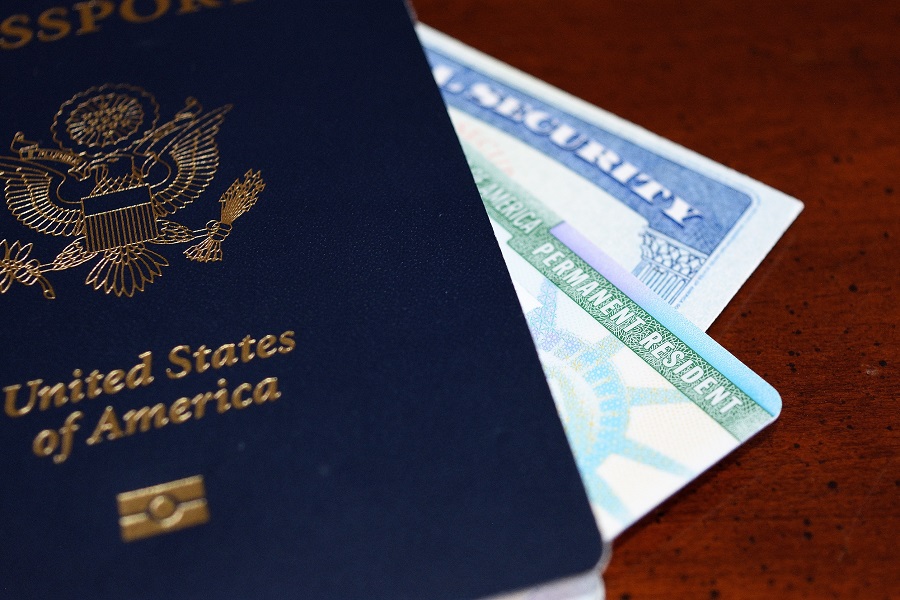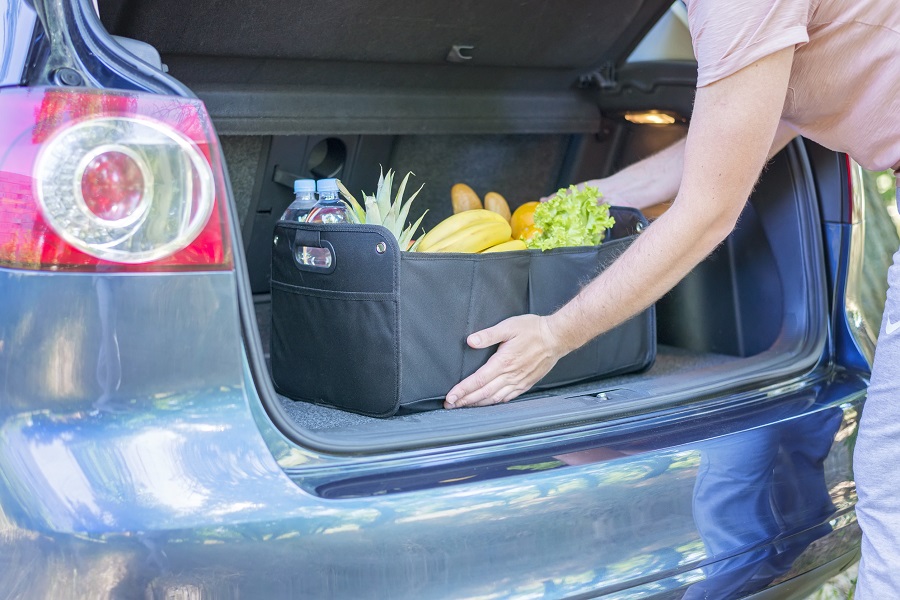 The daily commute is an unavoidable part of life for many people, whether you’re driving, taking public transportation, biking, or walking. While it might seem like a mundane routine, there are numerous hidden dangers that can pose serious risks to your health and safety. Understanding these risks and learning how to mitigate them can help ensure a safer and more pleasant commute. Here are 12 shocking dangers lurking in your daily commute.
The daily commute is an unavoidable part of life for many people, whether you’re driving, taking public transportation, biking, or walking. While it might seem like a mundane routine, there are numerous hidden dangers that can pose serious risks to your health and safety. Understanding these risks and learning how to mitigate them can help ensure a safer and more pleasant commute. Here are 12 shocking dangers lurking in your daily commute.
1. Traffic Accidents
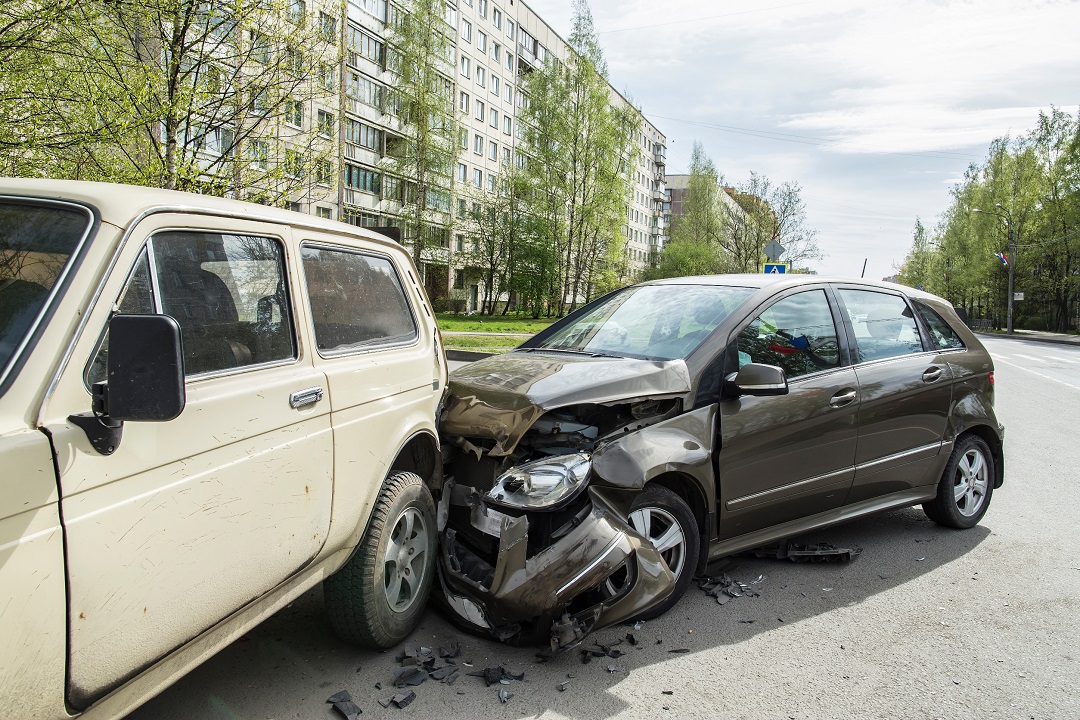 One of the most obvious dangers of commuting by car is the risk of traffic accidents. With millions of vehicles on the road, collisions are a daily occurrence, ranging from minor fender-benders to severe crashes. Distracted driving, speeding, and aggressive behavior contribute to the high accident rates, putting everyone at risk.
One of the most obvious dangers of commuting by car is the risk of traffic accidents. With millions of vehicles on the road, collisions are a daily occurrence, ranging from minor fender-benders to severe crashes. Distracted driving, speeding, and aggressive behavior contribute to the high accident rates, putting everyone at risk.
To minimize your chances of being involved in an accident, always stay alert, follow traffic laws, and avoid distractions like texting or eating while driving. Defensive driving techniques, such as maintaining a safe following distance and being aware of your surroundings, can also help you react promptly to unexpected situations.
2. Air Pollution
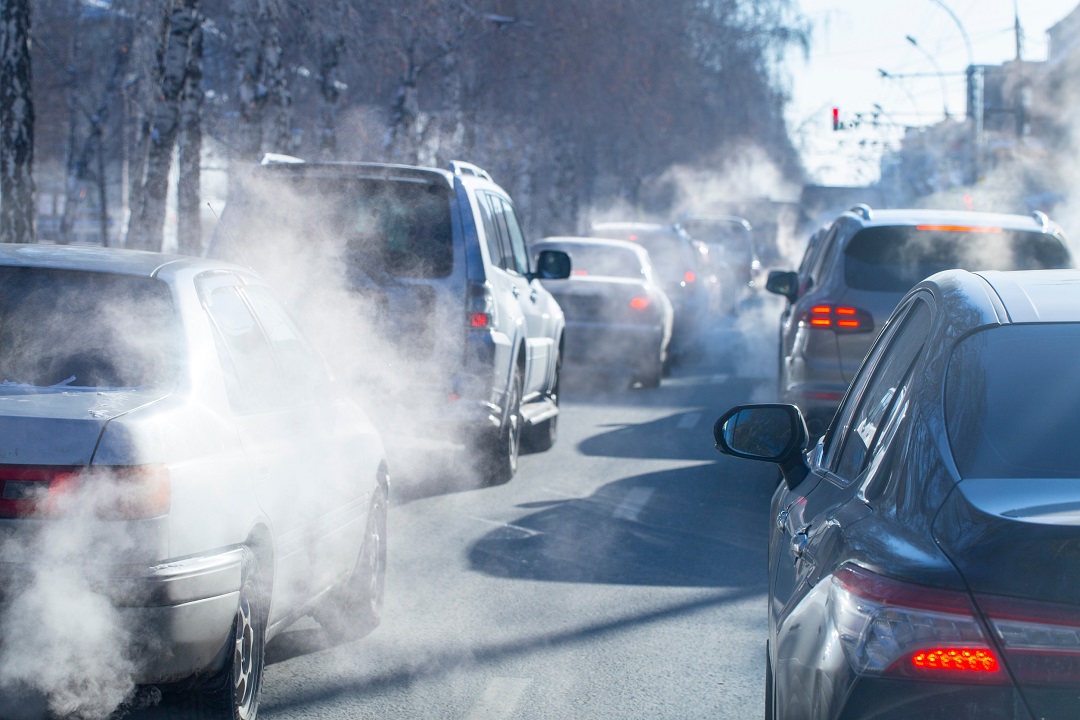 Air pollution is a significant concern for commuters, especially those who travel through heavily trafficked areas. Vehicle emissions release harmful pollutants like nitrogen dioxide, carbon monoxide, and particulate matter into the air, which can have severe health implications over time, including respiratory issues, heart disease, and even cancer.
Air pollution is a significant concern for commuters, especially those who travel through heavily trafficked areas. Vehicle emissions release harmful pollutants like nitrogen dioxide, carbon monoxide, and particulate matter into the air, which can have severe health implications over time, including respiratory issues, heart disease, and even cancer.
To reduce your exposure to air pollution, consider carpooling, using public transportation, or biking instead of driving alone. Additionally, keeping your car windows closed and using the air recirculation mode can help limit the amount of polluted air entering your vehicle.
3. Stress and Mental Health
 The daily grind of commuting can take a toll on your mental health. Long commutes, traffic jams, and the constant rush to get to work on time can lead to elevated stress levels, anxiety, and even depression. The monotony of the daily journey can also contribute to feelings of frustration and burnout.
The daily grind of commuting can take a toll on your mental health. Long commutes, traffic jams, and the constant rush to get to work on time can lead to elevated stress levels, anxiety, and even depression. The monotony of the daily journey can also contribute to feelings of frustration and burnout.
To combat commuting-related stress, try to incorporate relaxation techniques into your routine, such as listening to calming music, practicing deep breathing exercises, or using the time for personal development through audiobooks and podcasts. Planning your route to avoid traffic congestion and allowing extra time for your journey can also help reduce stress.
4. Sedentary Lifestyle
 For many commuters, the daily routine involves sitting for extended periods, whether in a car, bus, train, or at a desk job. This sedentary lifestyle can lead to numerous health issues, including obesity, cardiovascular disease, and musculoskeletal problems. The lack of physical activity can also contribute to poor posture and chronic pain.
For many commuters, the daily routine involves sitting for extended periods, whether in a car, bus, train, or at a desk job. This sedentary lifestyle can lead to numerous health issues, including obesity, cardiovascular disease, and musculoskeletal problems. The lack of physical activity can also contribute to poor posture and chronic pain.
Incorporating more physical activity into your daily routine can help mitigate these risks. Consider biking or walking part of your commute, taking the stairs instead of the elevator, or incorporating regular exercise into your schedule. Simple changes, like parking further away from your destination or getting off public transportation a stop early, can also increase your daily activity levels.
5. Noise Pollution
 Noise pollution is another hidden danger of the daily commute. Traffic noise, construction, and the constant hum of engines can contribute to hearing loss, increased stress levels, and even cardiovascular problems. Prolonged exposure to loud noise can have long-term health effects, disrupting sleep and increasing the risk of hypertension.
Noise pollution is another hidden danger of the daily commute. Traffic noise, construction, and the constant hum of engines can contribute to hearing loss, increased stress levels, and even cardiovascular problems. Prolonged exposure to loud noise can have long-term health effects, disrupting sleep and increasing the risk of hypertension.
To protect yourself from noise pollution, consider using noise-canceling headphones or earplugs during your commute. Listening to soothing music or podcasts can also help drown out the background noise and create a more pleasant environment. If possible, choose quieter routes or travel during off-peak hours to minimize exposure.
6. Poor Ergonomics
 Improper ergonomics during your commute can lead to musculoskeletal problems, including back pain, neck pain, and repetitive strain injuries. Whether you’re driving for long periods or sitting in an uncomfortable position on public transportation, poor posture and inadequate support can cause significant discomfort and long-term health issues.
Improper ergonomics during your commute can lead to musculoskeletal problems, including back pain, neck pain, and repetitive strain injuries. Whether you’re driving for long periods or sitting in an uncomfortable position on public transportation, poor posture and inadequate support can cause significant discomfort and long-term health issues.
To improve ergonomics, ensure your car seat is adjusted correctly to support your lower back and maintain a comfortable driving position. Use lumbar support cushions if necessary, and take breaks to stretch and move around during long drives. On public transportation, try to sit in a comfortable position and avoid slouching.
7. Risk of Theft and Assault
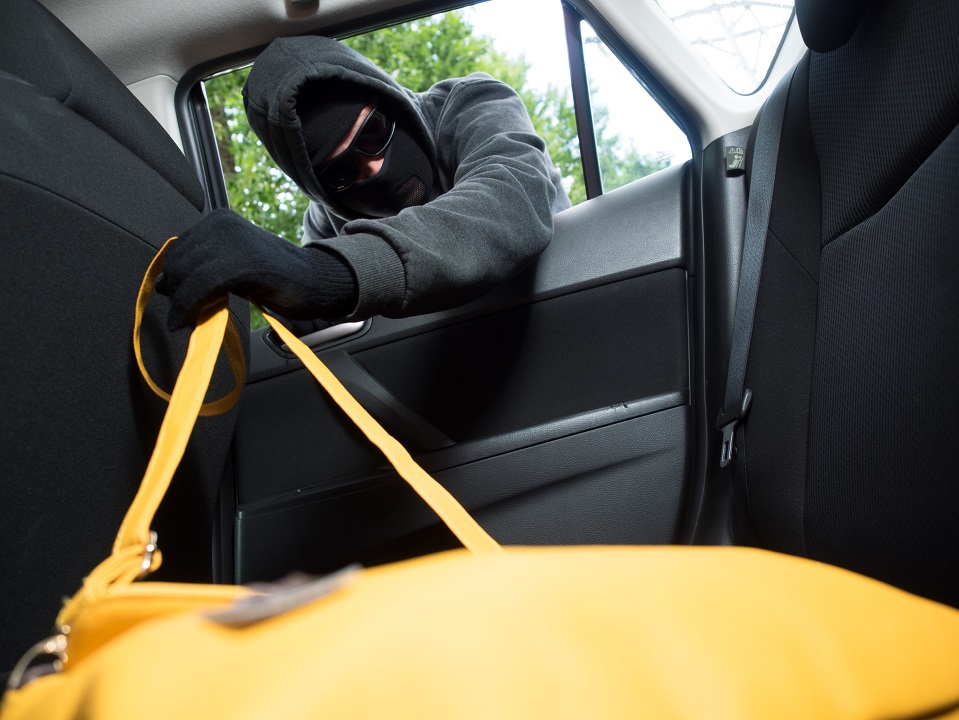 Commuters, especially those using public transportation or walking through busy areas, are often targets for theft and assault. Pickpocketing, bag snatching, and other forms of petty crime can occur in crowded spaces, while isolated areas can pose risks of more serious assaults.
Commuters, especially those using public transportation or walking through busy areas, are often targets for theft and assault. Pickpocketing, bag snatching, and other forms of petty crime can occur in crowded spaces, while isolated areas can pose risks of more serious assaults.
To protect yourself, stay vigilant and aware of your surroundings. Keep your belongings secure and avoid displaying valuable items like smartphones or jewelry. Travel with a companion when possible, and use well-lit, populated routes, particularly during early morning or late evening commutes.
8. Weather Hazards
 Weather conditions can significantly impact the safety of your commute. Rain, snow, ice, and fog can create hazardous driving conditions, reducing visibility and increasing the risk of accidents. Extreme temperatures can also affect your vehicle’s performance and your personal comfort and safety.
Weather conditions can significantly impact the safety of your commute. Rain, snow, ice, and fog can create hazardous driving conditions, reducing visibility and increasing the risk of accidents. Extreme temperatures can also affect your vehicle’s performance and your personal comfort and safety.
Stay informed about the weather forecast and plan accordingly. In adverse conditions, allow extra time for your commute, drive at reduced speeds, and maintain a safe following distance. Ensure your vehicle is well-maintained, with proper tires, brakes, and windshield wipers, to handle various weather challenges.
9. Exposure to Germs and Illnesses
 Public transportation and crowded commuting routes can expose you to a higher risk of germs and illnesses. Close proximity to others increases the likelihood of contracting respiratory infections, colds, and flu, especially during peak seasons. Shared surfaces, like handrails and seats, can harbor bacteria and viruses.
Public transportation and crowded commuting routes can expose you to a higher risk of germs and illnesses. Close proximity to others increases the likelihood of contracting respiratory infections, colds, and flu, especially during peak seasons. Shared surfaces, like handrails and seats, can harbor bacteria and viruses.
To reduce your risk of illness, practice good hygiene by washing your hands regularly and using hand sanitizer. Avoid touching your face and consider wearing a mask during peak flu seasons or in particularly crowded areas. If you’re feeling unwell, it’s best to stay home to prevent spreading illness to others.
10. Fatigue and Sleep Deprivation
 Long commutes can contribute to fatigue and sleep deprivation, particularly if they cut into your rest time. Early morning departures and late arrivals can disrupt your sleep schedule, leading to chronic tiredness and reduced cognitive function. Fatigue can also impair your ability to drive safely, increasing the risk of accidents.
Long commutes can contribute to fatigue and sleep deprivation, particularly if they cut into your rest time. Early morning departures and late arrivals can disrupt your sleep schedule, leading to chronic tiredness and reduced cognitive function. Fatigue can also impair your ability to drive safely, increasing the risk of accidents.
Prioritize getting sufficient sleep by maintaining a consistent sleep schedule and creating a restful bedtime routine. If possible, adjust your work hours to reduce commute times and ensure you have adequate rest. If you feel drowsy while driving, pull over and take a short nap or break until you feel more alert.
11. Road Rage and Aggressive Driving
 Road rage and aggressive driving are significant dangers during daily commutes. Stressful traffic conditions can lead to frustration, anger, and dangerous driving behaviors, such as tailgating, speeding, and erratic lane changes. These behaviors not only increase the risk of accidents but can also escalate into confrontations with other drivers.
Road rage and aggressive driving are significant dangers during daily commutes. Stressful traffic conditions can lead to frustration, anger, and dangerous driving behaviors, such as tailgating, speeding, and erratic lane changes. These behaviors not only increase the risk of accidents but can also escalate into confrontations with other drivers.
Maintain a calm and patient demeanor while driving, and avoid engaging with aggressive drivers. Practice defensive driving techniques and give yourself plenty of time to reach your destination to reduce stress. Listening to calming music or practicing mindfulness techniques can also help manage stress and prevent road rage.
12. Environmental Impact
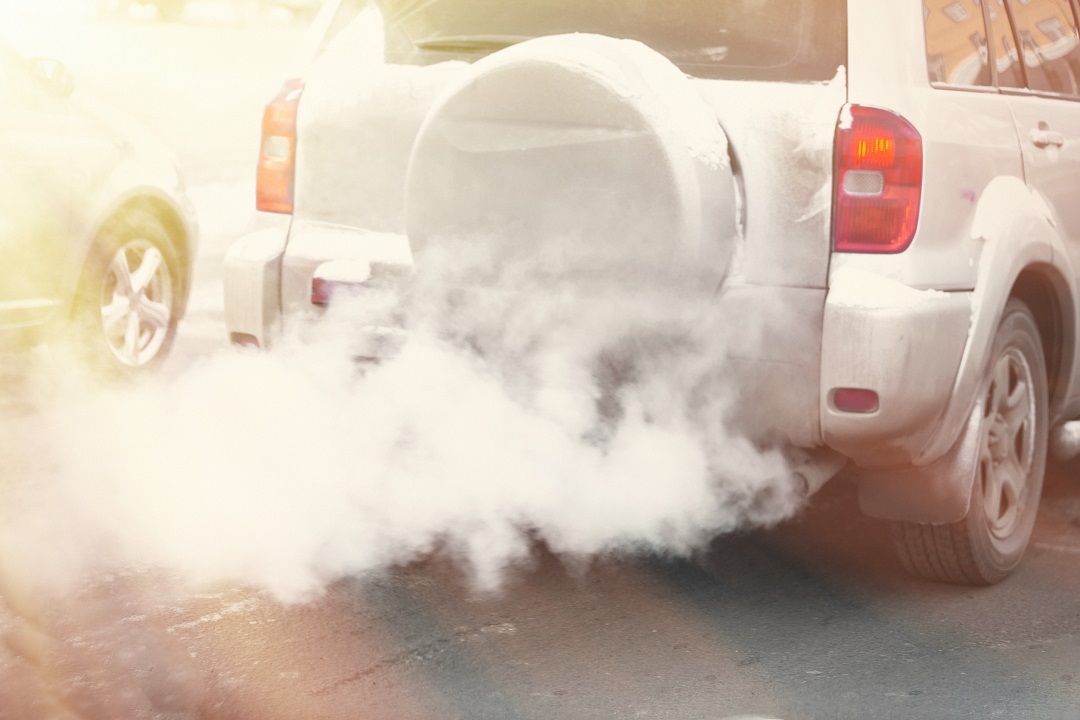 Daily commuting contributes significantly to environmental pollution and climate change. The emissions from vehicles increase air pollution and greenhouse gases, impacting public health and the environment. Over-reliance on personal vehicles also leads to traffic congestion and increased wear and tear on infrastructure.
Daily commuting contributes significantly to environmental pollution and climate change. The emissions from vehicles increase air pollution and greenhouse gases, impacting public health and the environment. Over-reliance on personal vehicles also leads to traffic congestion and increased wear and tear on infrastructure.
Consider alternative modes of transportation, such as carpooling, public transit, biking, or walking, to reduce your environmental footprint. Electric and hybrid vehicles are also more eco-friendly options for those who need to drive. By making sustainable choices, you can help mitigate the environmental impact of your daily commute.
Navigating Your Commute Safely and Sustainably
 The daily commute may be a necessary part of life, but understanding and addressing the hidden dangers can help you navigate it more safely and sustainably. By being aware of these risks and taking proactive measures to mitigate them, you can protect your health, enhance your well-being, and contribute to a healthier environment. Whether it’s adjusting your travel routine, improving ergonomics, or choosing alternative transportation methods, small changes can make a significant difference. Embrace these strategies to transform your commute from a daily challenge into a safer, more enjoyable part of your day.
The daily commute may be a necessary part of life, but understanding and addressing the hidden dangers can help you navigate it more safely and sustainably. By being aware of these risks and taking proactive measures to mitigate them, you can protect your health, enhance your well-being, and contribute to a healthier environment. Whether it’s adjusting your travel routine, improving ergonomics, or choosing alternative transportation methods, small changes can make a significant difference. Embrace these strategies to transform your commute from a daily challenge into a safer, more enjoyable part of your day.

Toi Williams began her writing career in 2003 as a copywriter and editor and has authored hundreds of articles on numerous topics for a wide variety of companies. During her professional experience in the fields of Finance, Real Estate, and Law, she has obtained a broad understanding of these industries and brings this knowledge to her work as a writer.


